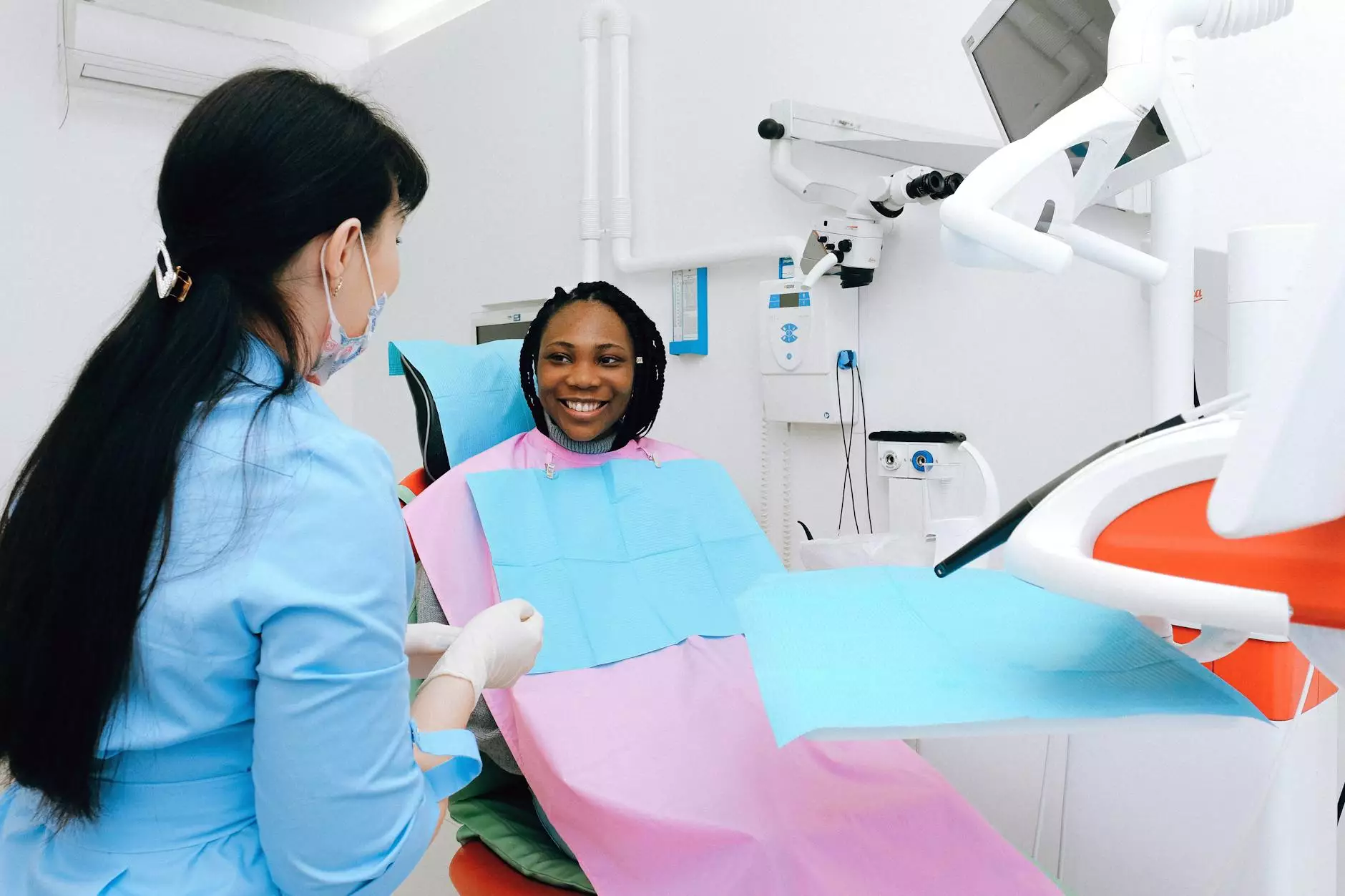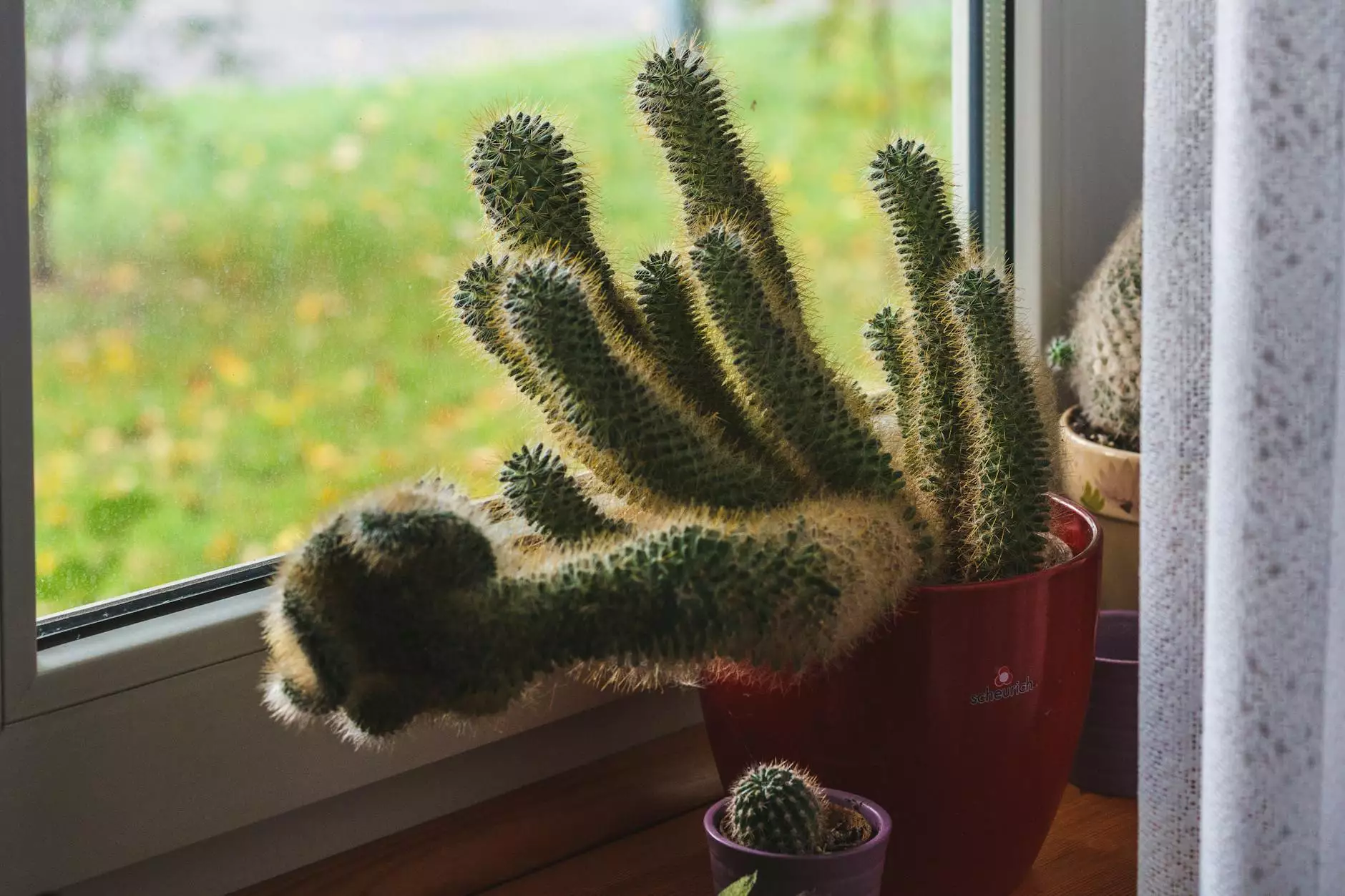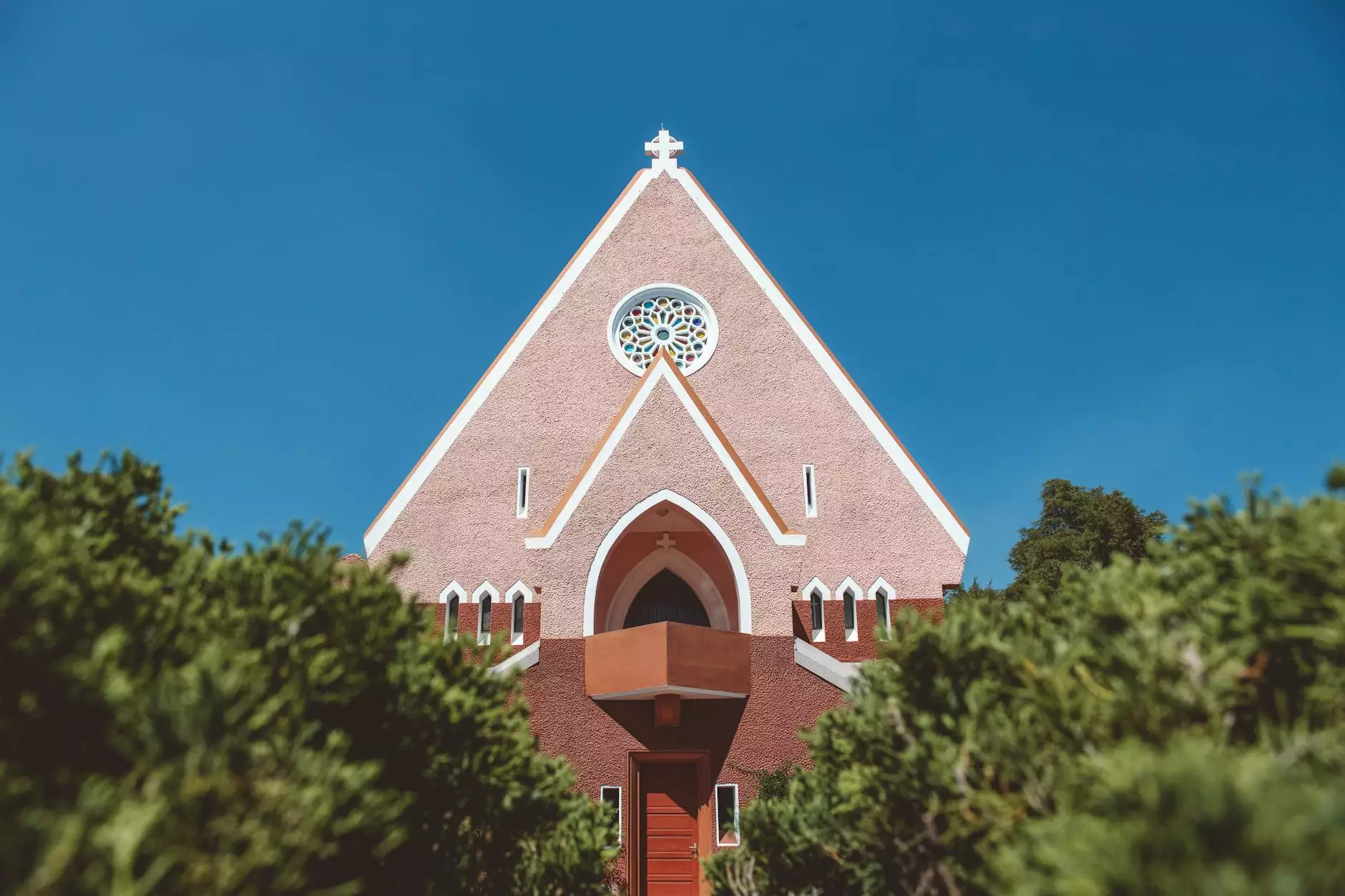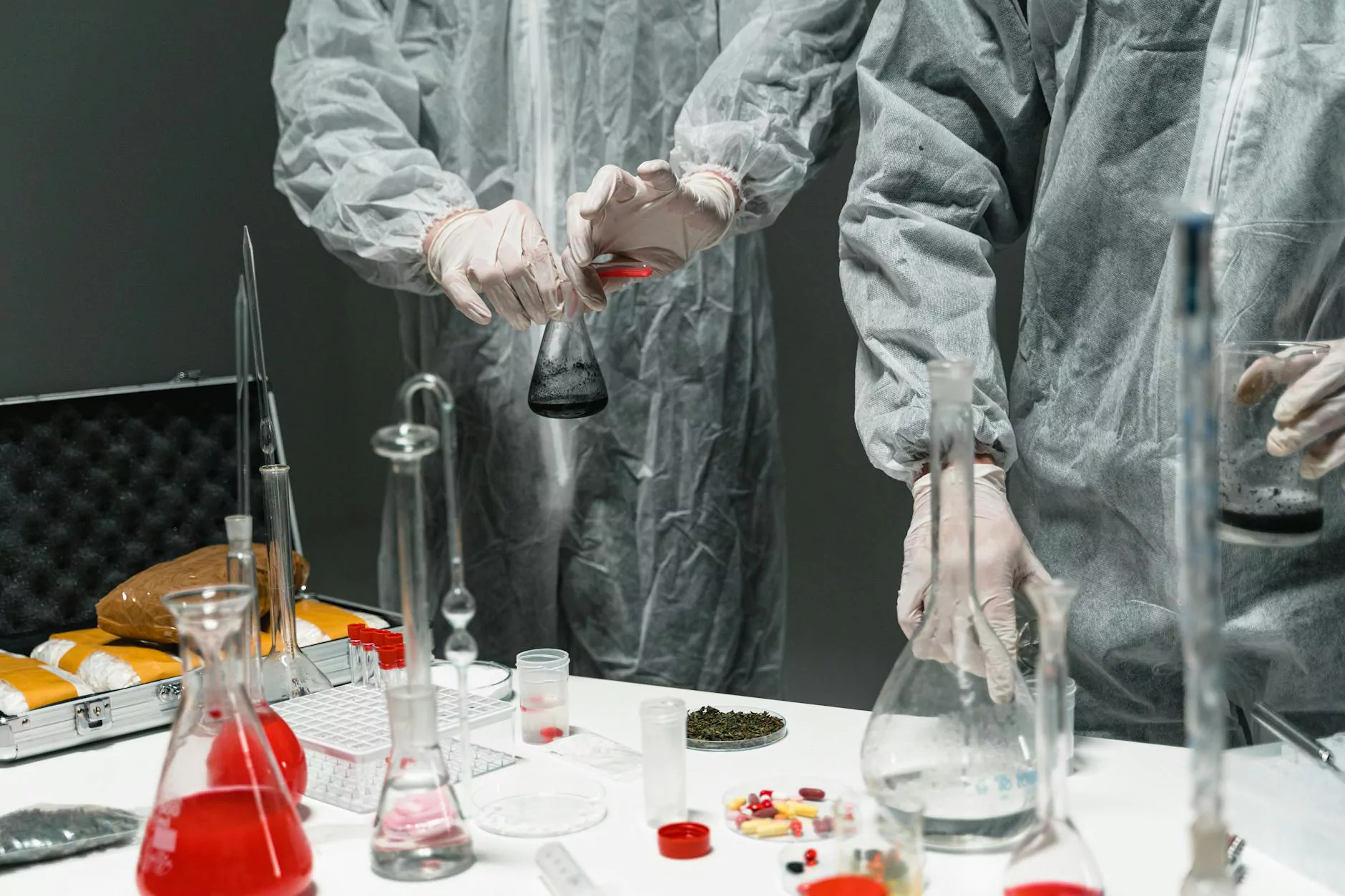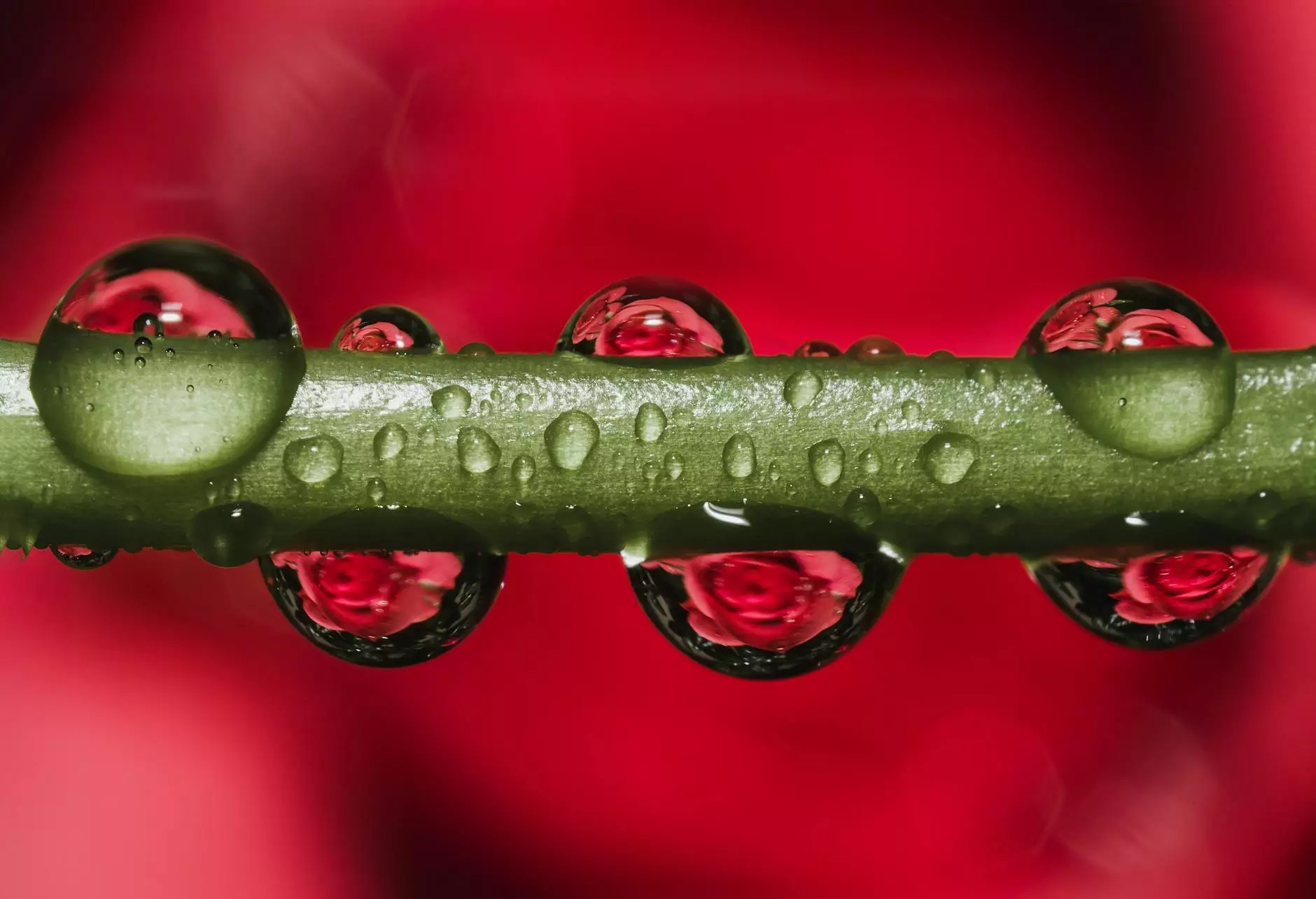Repair Varicose Veins: Understanding Causes, Treatments, and Healthy Practices
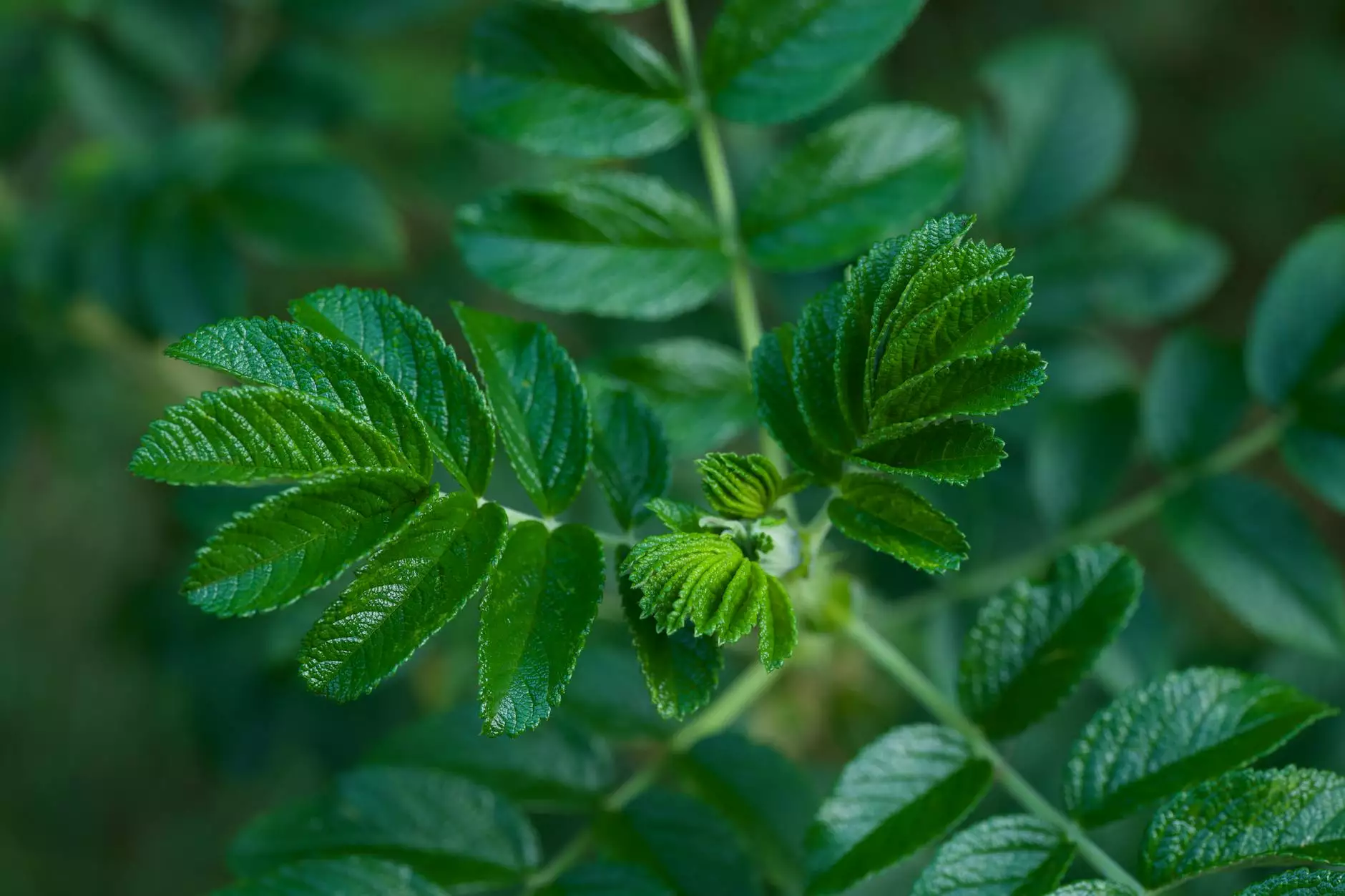
Varicose veins are more than just a cosmetic concern; they can affect quality of life and overall health. This article aims to provide an extensive understanding of how to repair varicose veins and promote better vascular health. We’ll explore the causes, symptoms, and various effective treatments available, alongside actionable tips to maintain healthy veins.
What Are Varicose Veins?
Varicose veins are enlarged and twisted veins that often appear dark purple or blue. They commonly affect the legs but can occur anywhere in the body. These veins arise due to weakened vein walls and valves, leading to blood pooling and increased pressure in the veins.
Causes of Varicose Veins
Many factors contribute to the development of varicose veins. Understanding these can help in prevention and treatment:
- Genetics: A family history of varicose veins can increase the likelihood of developing similar issues.
- Age: As we age, veins lose elasticity, causing them to stretch, which may lead to varicose veins.
- Gender: Women are more likely to develop varicose veins, partly due to hormonal changes during pregnancy, menstruation, and menopause.
- Obesity: Excess weight puts additional pressure on leg veins, increasing the risk of varicose veins.
- Prolonged Standing or Sitting: Occupations requiring long periods of standing or sitting can contribute to vein issues.
Symptoms of Varicose Veins
While some individuals may experience no symptoms, others may face a range of uncomfortable signs, including:
- Aching Pain: Discomfort in the legs, especially after long periods of standing.
- Swelling: Leg swelling, particularly around the ankles.
- Itching: Itchy or irritated skin around varicose veins.
- Skin Changes: Color changes, rashes, or ulcers near the affected veins.
How to Repair Varicose Veins
Repairing varicose veins generally involves a combination of self-care strategies, lifestyle changes, and medical treatments. Here’s a comprehensive look at your options:
1. Lifestyle Changes
Making certain lifestyle adjustments can play a critical role in improving vein health:
- Regular Exercise: Engaging in physical activity, especially leg-strengthening exercises, can improve circulation.
- Weight Management: Maintaining a healthy weight reduces the strain on your veins.
- Elevating the Legs: Regularly elevating your legs can help reduce swelling and improve circulation.
- Avoiding Prolonged Sitting or Standing: Take breaks to move around if your job requires you to sit or stand for long periods.
2. Home Remedies
Simple home remedies can provide relief from symptoms, including:
- Compression Stockings: Wearing graduated compression stockings can support venous function and alleviate discomfort.
- Warm Baths: Soaking in warm water can help relax the muscles and improve circulation.
- Herbal Remedies: Certain herbs, like horse chestnut and butcher's broom, may promote vein health, but consult with a physician before using them.
3. Medical Treatments for Varicose Veins
If lifestyle changes and home remedies do not alleviate the symptoms, various medical treatments are available:
- Sclerotherapy: A minimally invasive procedure where a solution is injected into the vein, causing it to scar and close.
- Endovenous Laser Treatment (EVLT): A laser is used to close off varicose veins, effectively rerouting blood to healthier veins.
- Radiofrequency Ablation: Similar to EVLT, this technique uses radiofrequency energy to heat and close varicose veins.
- Vein Stripping: A surgical procedure that removes the affected veins from the leg in severe cases.
Choosing the Right Specialist: Truffles Vein Specialists
When considering treatments to repair varicose veins, selecting an experienced specialist is essential. At Truffles Vein Specialists, patients receive comprehensive evaluations and personalized treatment plans tailored to their unique needs. Here’s why choosing us is the right decision:
- Experienced Team: Our board-certified vascular specialists are highly trained in the latest vascular medicine techniques.
- Patient-Centric Approach: We prioritize patient education and comfort, ensuring you understand every step of your treatment.
- State-of-the-Art Technology: Utilization of advanced diagnostic tools and innovative treatments delivers the best outcomes.
Post-Treatment Care for Varicose Veins
After receiving treatment for varicose veins, following these care guidelines can enhance recovery and prevent future issues:
- Follow-Up Appointments: Attend all follow-up visits with your specialist to monitor healing and effectiveness of the treatment.
- Adhere to Compression Garment Instructions: Continue wearing compression stockings as advised to support recovery.
- Maintain an Active Lifestyle: Regular exercise and movement significantly contribute to long-term vein health.
Conclusion: Embrace Healthy Vein Practices
Repairing varicose veins is not only about addressing the immediate issue but also about embracing long-term health practices. By understanding the causes, symptoms, and treatments available, you can take proactive steps toward better vascular health. Whether through lifestyle alterations, home remedies, or medical interventions, maintaining healthy veins is within your reach.
If you’re suffering from varicose veins and seeking expert assistance, reach out to Truffles Vein Specialists today. Together, we can help you achieve healthier, more comfortable legs.

